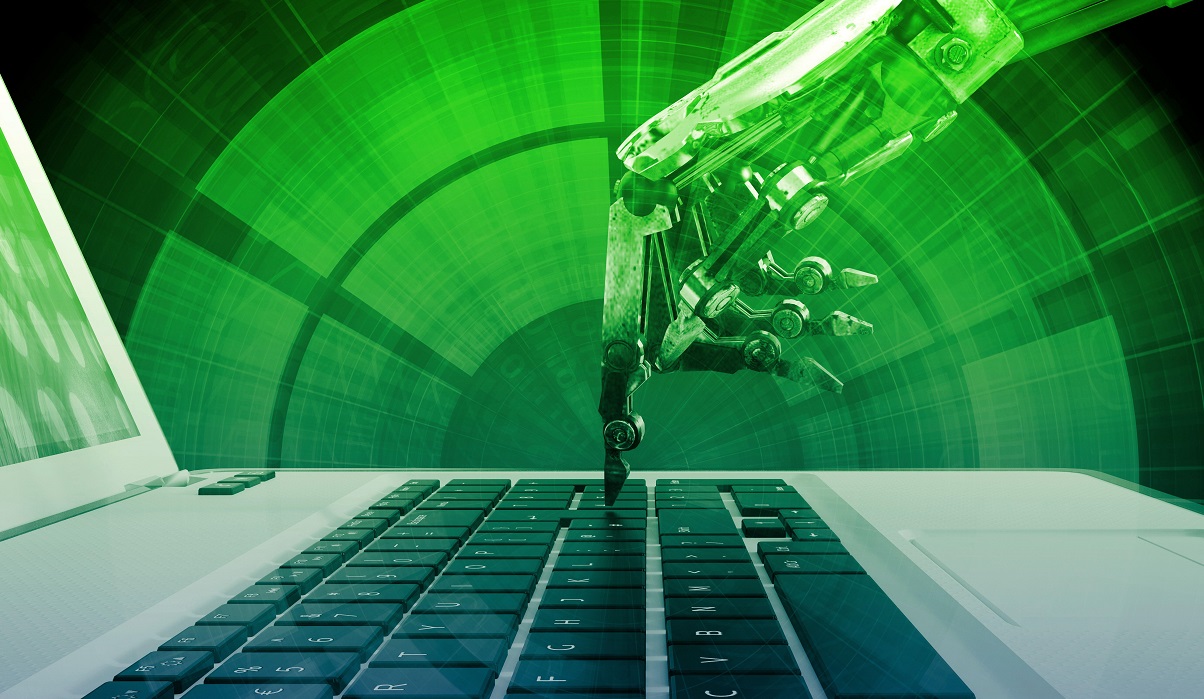Despite the proven positive impact of automation on our quality of life, trust in the outcomes of automated technology remains a significant barrier to its adoption, particularly in the field of cybersecurity. A recent study revealed that while 37% of companies are already automating key processes, nearly a quarter of respondents in some regions still hesitate to fully embrace automation due to trust concerns.
The complex and ever-evolving cyber-threat landscape, coupled with a shortage of skilled cybersecurity professionals, makes automation an attractive solution. Many of the automated cybersecurity technologies available today are mainstream, field-proven, and reliable. Yet, the question lingers: why are we so reluctant to trust technology, from navigation apps like Waze to complex cybersecurity systems?
Every technology, whether innovative or old, has flaws. This principle holds true even for older technologies that we often take for granted. US government statistics reveal that thousands of people are injured each year in accidents involving elevators, escalators, and even toilet seats. So, is the greater danger posed by technology or by human error?
In reality, most of us already have a deep, emotional relationship with technology. We willingly put our trust in algorithms that curate personalized music playlists or recommend movies on platforms like Spotify and Netflix. We rely on virtual assistants such as Siri and Google Assistant to perform tasks and answer our queries. Service robotics, like those developed by Intuition Robotics, provide us with companionship and support. And when it comes to navigating the world around us, we turn to apps like Google Maps and Waze. While we may not yet be at the level depicted in the movie “Her,” where a person forms a romantic relationship with an AI, our reliance on technology is evident.
The challenge now lies in fostering trust in technology within the realm of cybersecurity. How can we convince the 38% of Chief Information Security Officers (CISOs) who do not view cybersecurity automation as important? Furthermore, how can those who have adopted automation but continue to doubt its outcomes and misallocate resources regain trust in the technology?
The key lies in validation. Just as I began paying closer attention to Waze after experiencing a traffic jam caused by ignoring its directions, CISOs and cybersecurity leaders must regularly validate the outcomes of automation. By consistently checking the accuracy and reliability of automated processes, they can gradually build trust in the technology. The more frequently these outcomes are verified and proven reliable, the more likely leaders will be to trust subsequent results.
Ultimately, a cost-benefit analysis of automation in cybersecurity demonstrates that the benefits far outweigh any potential drawbacks. Embracing innovation and trusting the machines we create is essential in today’s rapidly evolving digital landscape. With proper validation and continuous improvement, we can forge a stronger relationship with technology, enabling us to combat cyber threats more effectively. The future of cybersecurity lies in our ability to trust the capabilities of automation and embrace its significant potential.


